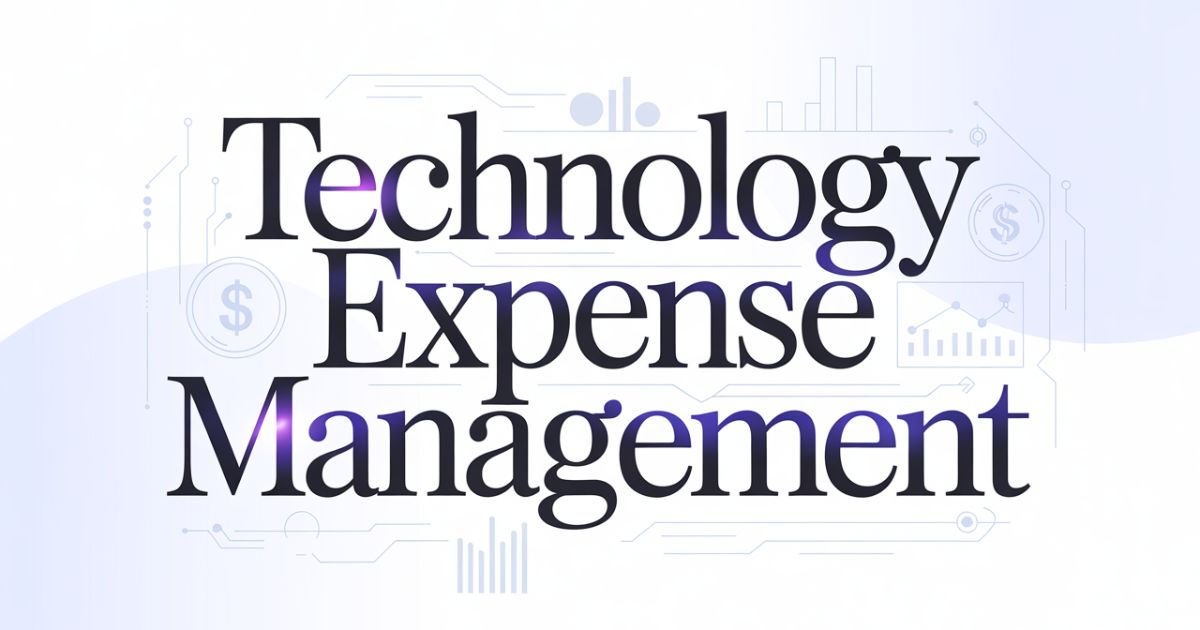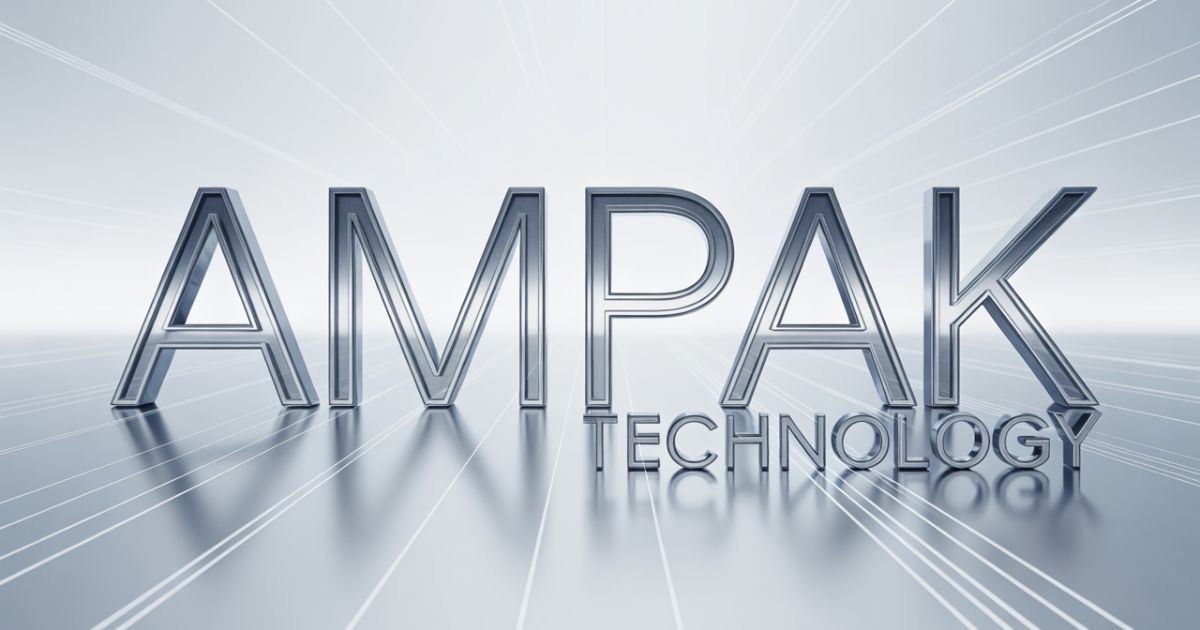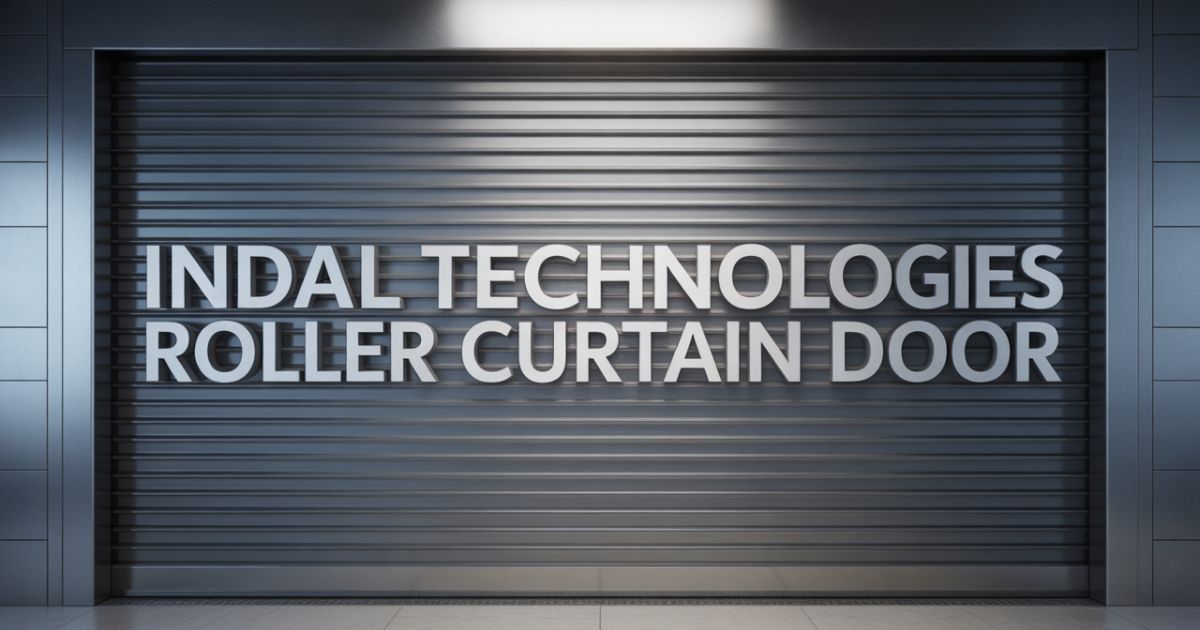Technology Expense Management (TEM): Optimize, Control & Reduce IT Costs in 2025
In today’s fast-paced digital economy, Technology Expense Management (TEM) has become a game-changer for organizations striving to control their ever-growing tech costs. With rising IT infrastructure complexity, increased cloud cost management needs, and the expansion of mobile device management (MDM) systems, businesses can no longer afford financial blind spots.
TEM empowers companies with complete expense visibility and control, helping them monitor, analyze, and optimize every dollar spent on technology services. As enterprises embrace digital transformation, TEM offers a smarter path to achieve cost efficiency, operational clarity, and long-term savings. Simply put, it’s not just cost tracking—it’s strategic technology expense tracking for sustainable business growth.
What Is Technology Expense Management (TEM)?
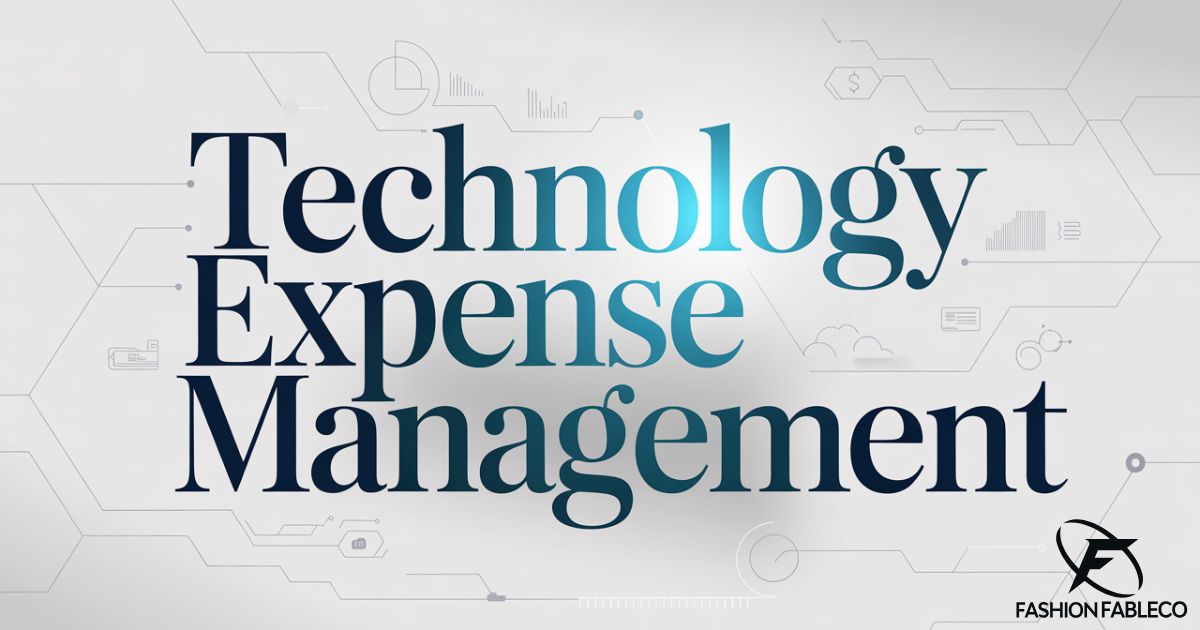
Technology Expense Management refers to systems and practices that track, audit, and optimize technology spending across multiple domains. It binds together IT expense management, cloud expense management, mobility expense management, and telecom expense management. When done well, businesses gain IT asset visibility and reduce the guesswork in cost allocation.
This unified system works as a unified expense management system, consolidating invoices, usage data, service contracts, and subscriptions. It helps you answer what is technology expense management in a meaningful way: it’s not just oversight, but active governance to cut waste and improve ROI.
Why Is Technology Expense Management Important in 2025?
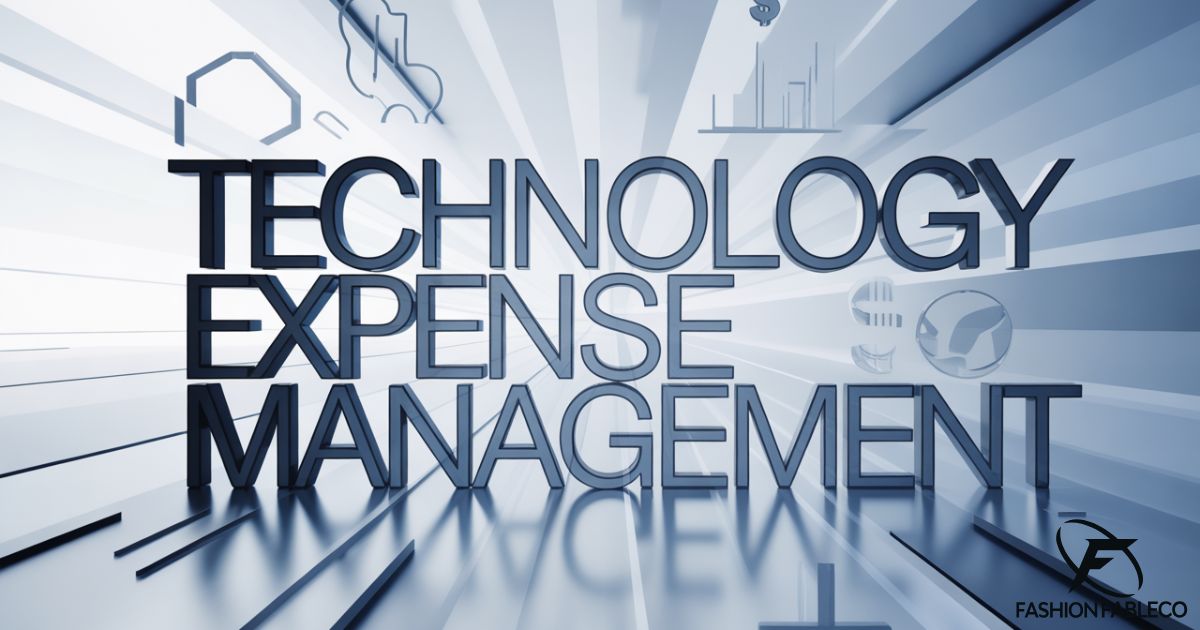
Remote work and bring your own device (BYOD) trends have exploded thanks to the shift in business patterns since the COVID-19 pandemic. These changes increased work from home technology costs and made it harder to know what you spend. Without controlling mobility and cloud usage, you risk overspending without realizing it.
Meanwhile, American businesses face soaring enterprise technology costs and new regulatory pressures. As your company scales, you need expense visibility and control more than ever. Proper TEM helps embed financial visibility into every department.
Core Components of a TEM Strategy
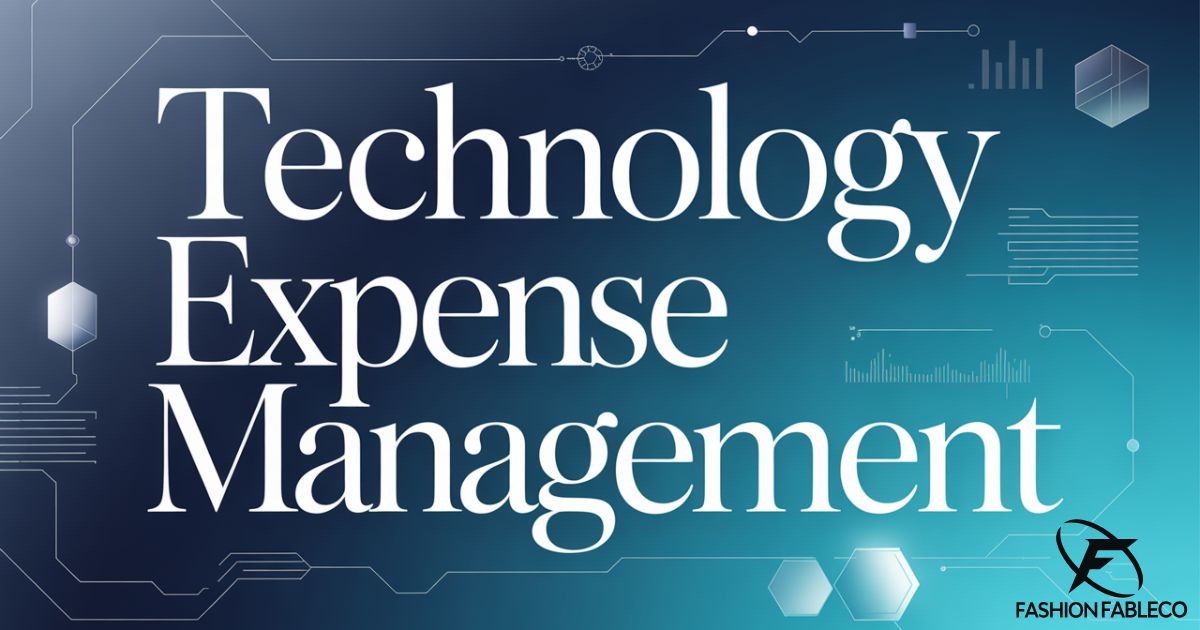
A solid Technology Expense Management strategy rests on several pillars. Each pillar addresses a specific expense domain while feeding into a larger governance framework. You build the TEM layer by layer, stopping cost leaks and boosting accountability.
IT Expense Management (ITEM)
ITEM handles hardware, licenses, software subscriptions, and general ledger cost entries. By integrating cost allocation and general ledger data, ITEM ensures you know exactly where you spend and why. It stops overprovisioning of resources and supports smarter procurement.
Cloud Expense Management (CEM)
CEM focuses on multiple cloud providers like AWS, Azure, or Google Cloud. It works closely with financial operations (FinOps) teams to enforce cloud governance, prevent cloud waste, and enable cloud cost management. Tools here become cloud cost optimization tools for modern enterprises.
Mobility Expense Management (MEM)
MEM handles carrier contracts, mobile device usage, roaming charges, and contract negotiations. In a BYOD world, it ties closely to mobile device management (MDM) efforts. This component enforces cost-effective connectivity plans across your entire fleet.
Telecom Expense Management (TEM)
In its narrow sense, this TEM audits telecom bills and optimizes voice, data, and network services. A thorough telecom audit—often a third-party telecom audit—uncovers billing errors, redundant lines, or unused bandwidth. It delivers savings directly to your IT budget.
FinOps Integration
When you connect TEM with FinOps, you gain real-time reporting, forecasting, and AI-driven cost insights. This makes your expense governance proactive instead of reactive. Being a FinOps certified platform or partner lets you align cloud spend with financial goals while keeping telecom and mobility in check.
Key Benefits of Implementing TEM Solutions
Implementing Technology Expense Management (TEM) yields cost savings and optimization across your business. You reduce surprises on your bills and renegotiate vendor terms based on usage patterns. You also increase the transparency of spending to executives and finance teams.
At the same time you improve vendor relationships and reduce operational waste. You gain reliable data to support enterprise cost management decisions. That clarity helps your team move from reacting to spending issues toward planning strategic investments.
How TEM Helps Businesses Optimize Their Technology Spend
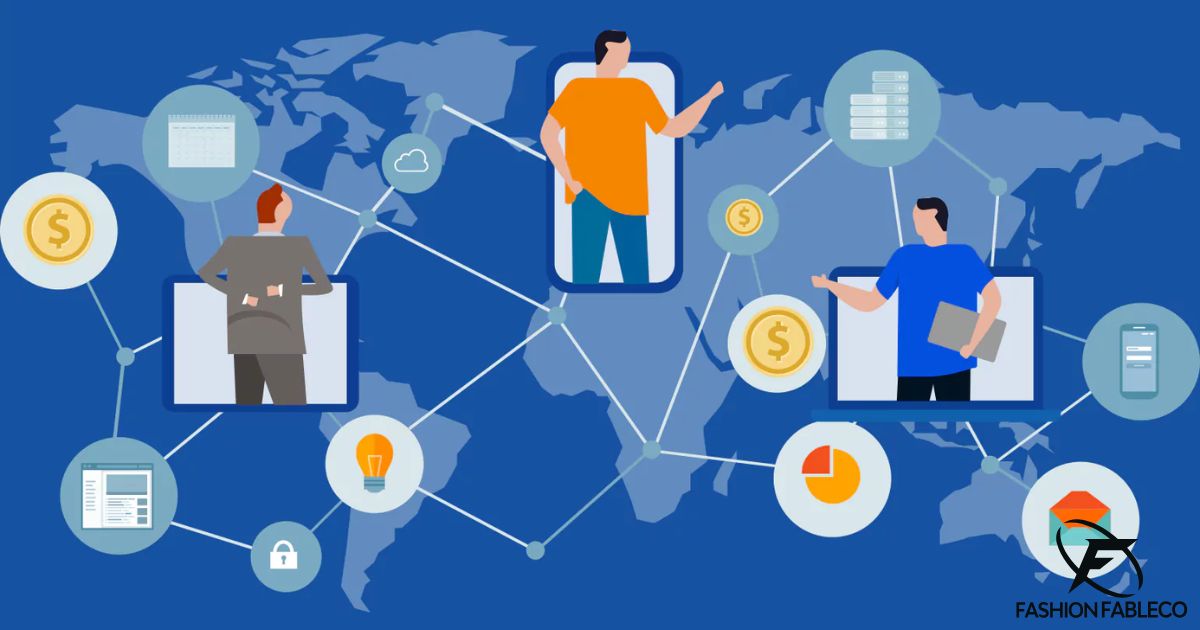
TEM tools scan thousands of data points across cloud services, carrier invoices, and device subscriptions. They detect unused licenses, idle virtual machines, or forgotten data plans. Once you find waste, you reallocate that budget toward higher-value projects like innovation or security improvements.
Over time, U.S. companies using TEM see measurable ROI. Instead of allowing uncontrolled growth of subscriptions, they build a culture of technology expense tracking and continuous reporting. That shift means savings today and smarter investments tomorrow.
TEM for Sales Partners and Resellers: Unlocking Cross-Selling Opportunities
If you’re an Intelisys Sales Partner, TEM becomes a powerful tool. You gain deep insight into your customer’s tech footprint and you can suggest complementary services based on that insight. When you help clients save money on telecom and cloud, doors open for upselling managed security, backup, or cloud consulting.
By driving cost reduction first you build trust. That trust fuels long-term relationships and recurring revenue streams. Clients see you not just as a vendor but as a consultant who understands their budget pressures and technology needs.
Case Study: Real-World TEM Success Story
The Challenge
A midsize U.S. energy company had chaotic telecom and cloud bills. They lacked centralized reporting and their IT service inventory was scattered across departments. They didn’t know which subscriptions were active or under-utilized.
The TEM Solution
They engaged a Tangoe TEM platform service provider for a full technology expense audit process. That audit uncovered duplicate lines, inactive cloud instances, and billing errors. The platform automated future monitoring and guided contract renegotiation.
The Outcome & Key Takeaways
After implementation, they cut monthly telecom and cloud costs by over thirty percent. Savings exceeded six figures per quarter. The project delivered both immediate budget relief and long-term insight. The major lesson: in-cycle optimization keeps costs low as environment changes.
How to Choose the Right TEM Provider or Platform

Selecting the best technology expense management solutions means evaluating features like automated invoice validation, multi-cloud integrations, AI-driven forecasting, and strong security. U.S. firms should assess vendors on compliance, user-friendly dashboards, and customer support.
Look for companies that offer both telecom and cloud oversight such as Tangoe One Cloud or other leading tools. Review user reviews, platform scalability, and ongoing ROI reporting before committing to one.
Technology Expense Management vs. Technology Business Management (TBM)
Technology Business Management is a broader framework that ties IT investment to business outcomes. While TBM addresses value, budgeting, and strategy, TEM focuses on expense-level detail and operational savings. Together they form a powerful duo for companies that want both oversight and execution.
Here is a simple comparison table:
| Feature | TEM | TBM |
| Purpose | Expense control and cost-reduction | IT investment strategy |
| Granularity | Line-by-line billing visibility | Department-oriented budget alignment |
| Use Case | Telecom, cloud, mobility audit | Roadmaps, investment prioritization |
Getting Started: Building a Future-Ready TEM Framework
Begin by auditing your current tech expenses across cloud, telecom, and mobility. Use invoice-data reconciliation to spot leaks. Set clear KPIs such as cost per user, unused license rate, or monthly savings goals. Then apply continuous monitoring tools and dashboards to track progress.
Partner finance and IT teams. Incorporate AI and automation in TEM to support proactive alerts rather than after-the-fact corrections. This is the path to a resilient, transparent expense-governance model.
The Future of TEM: AI, Automation, and Predictive Analytics

As we move further into 2025, AI-driven cost insights and predictive analytics will transform TEM platforms. Machine learning algorithms will anticipate usage spikes before they occur and suggest corrective actions. Real-time anomaly detection will catch billing anomalies before you pay them.
Sales partners and enterprises alike will benefit from this shift. The next generation of TEM embeds automation deeply into every invoice, contract renewal, and budgeting cycle. That means fewer surprises and more strategic agility.
Final Thoughts: Why TEM Is No Longer Optional
Today, Technology Expense Management (TEM) stands as a business imperative rather than a luxury. With mounting cloud, mobility, and telecom costs, every dollar matters. If you want to stay competitive in the U.S. market you must treat TEM as core to your financial foundation.
By investing in TEM early you gain not only cost savings, but greater trust, clarity, and scalability. In this age of constant tech change you won’t just survive — you’ll thrive.
FAQs
What is technology expense management?
Technology Expense Management (TEM) is the process of monitoring, analyzing, and optimizing all technology-related costs, including IT, cloud, mobile, and telecom services, to ensure better financial control and efficiency.
What is the T&E process?
The T&E (Travel and Expense) process involves tracking, managing, and reimbursing employee travel and business-related expenses through an organized and automated system.
What is the best expense management software?
Leading expense management platforms like Tangoe TEM platform, SAP Concur, and Expensify are popular for their automation, analytics, and integration features.
What is a technology expense?
A technology expense refers to any cost related to IT services, hardware, software, cloud subscriptions, and telecom operations within an organization.
What are the three types of expenses?
The three main types of expenses are fixed expenses (rent, salaries), variable expenses (utilities, materials), and periodic expenses (maintenance, upgrades).
latest video
news via inbox
Nulla turp dis cursus. Integer liberos euismod pretium faucibua

